Not Seeing Eye-to-Eye With an Eye Visionary - McGill University
By A Mystery Man Writer
Last updated 27 May 2024

Being in the business of separating sense from nonsense for several decades, I have across many contemptible scams. One of the most outrageous ones entices people to fork out money for a nutritional supplement that claims to induce stem cells in their body to turn into cells that will cure all, yes ALL, vision problems. I learned about this purported miracle through an interminable video in which David Lewis, identified as a “former eye specialist,” spews out a host of claims about curing every possible eye problem. You can discard your glasses and forget about LASIK surgery! Macular degeneration, cataracts, glaucoma or retinitis pigmentosa? No problem! All can be cured! At the beginning of this abominable presentation, I was promised that the secret to “never having to visit an eye doctor again” and “seeing better than an army sniper,” would be revealed in seven minutes. That was not to be. I had to submit to forty-five minutes of mental torture before I learned that the magic was to be found in “SightCare,” a revolutionary stem cell-enhancing dietary supplement. This wonder product, claimed to be based on Nobel Prize-winning research, was discovered by Lewis, who reveals that he was almost blind, and even considered suicide before he saved himself with his breathtaking discovery. Next, I learned that this ocular panacea was being offered “only today,” for the special price of $69 a bottle, a curiosity since the video can be viewed at any time. I was also warned that later availability could not be guaranteed, since the eye care industry is expected to mount a fierce campaign to prevent the sale of this sensational breakthrough, fearing it will take a bite out of its exorbitant profits. A Google search found no hide nor hair of David Lewis, who in the video projects an image of being an expert by wearing the obligatory white lab coat. Is he an ophthalmologist, an optometrist, a true visionary, or just an actor? That remains a mystery. The focus of Lewis’ verbal diarrhea is on the wonders of stem cells for resolving vision problems. He speaks of the Nobel Prize winning research (although refers to it as Noble), upon which his discovery was built. There is indeed some exciting research in the area of stem cells, which are special cells characterized by an ability to develop into many different cell types, including retinal cells. Dr. Shinya Yamanaka received the 2012 Nobel in physiology and medicine for producing stem cells by reprograming mature cells with the insertion of genes isolated from connective tissue cells. A spectacular leap forward, but one that had nothing to do with the use of stem cells for eye disease. It did, however, open the door for research into such an application. Implanting stem cells that have been coaxed into becoming retinal cells into the eye shows promise, but currently the use of stem cells for vision problems is limited to clinical trials. Unfortunately, there are some private clinics that have put the cart before the horse and purport to be able to help patients with stem cell implants. Outside of approved trials, no such treatment for eyes is presently sanctioned. There is not enough evidence of efficacy and there is concern about possible serious complications. “SightCare” does not involve any sort of implantation but claims that its special blend of oral ingredients will turn stem cells that are already present in the body into cells needed for vision. Lewis’ seemingly endless diatribe is seductive, at least until one examines the evidence. Or the lack of it. Let’s start with the ingredients. This wonder concoction contains astaxanthin, quercetin, N-acetylcysteine, zeaxanthin, lutein, vitamin C, vitamin A, copper, zinc, L-lysine, eyebright and bilberry. All of these have actually been studied in connection with an effect on vision, and a specific combination, (500 mg vitamin C, 400 IU vitamin E, 80 mg Zn, 2 mg copper, 10 mg lutein, 2 mg zeaxanthin) has been shown to slow macular degeneration in the “Age-Related Eye Disease Study (AREDS).” That study did not show reversal, and certainly did not claim a cure. SightCare contains 500 mg vitamin C, 2 mg copper and 25 mg Zn but the other ingredients are just listed as 850 mg proprietary blend so the actual dosages cannot be determined. Now for the stem cell claims. As is often the case with marketers of dietary supplements, they will take some study and extrapolate the results way beyond what was actually shown. There is some evidence that in the laboratory, stem cells exposed to astaxanthin proliferate more quickly. This has nothing to do with converting stem cells into retinal cells in the body and is certainly no evidence for curing vision problems. Then the tired old legend of bilberry having improved the eyesight of Royal Air Force pilots during WW II is trotted out, and even Linus Pauling’s speculations about a combination of L-lysine and vitamin C reducing the risk of arteriosclerosis is presented as if this were a fact. Lewis drones on about this supplement being “natural,” which is a common marketing ploy aimed at people who believe the myth that substances found in nature are inherently safer than anything synthesized in a lab. Our “eye specialist” even suggests that God had a hand in making this amazing product, and we learn that SightCare is “divinely elegant, that it has nothing to do with embryos or unborn babies, and is 100% Christian approved.” Furthermore, he claims that results in many cases will be seen almost instantly! Leaving all the hype aside, the fundamental question here is whether the claim that this specific composition of ingredients can cure all visual problems is backed by randomized, double-blind studies. There is a simple answer. No! The evidence we are furnished is an anecdote from the shadowy David Lewis that his failing eyesight was restored and that members of his church have also been happy with the product. I cannot say that SightCare cannot have some effect on sight, but I will go out on a limb and assert that it cannot eliminate glasses or cure eye diseases. Indeed, I think such unsubstantiated promises are criminal and make me see red, another problem that cannot be solved with SightCare. @JoeSchwarcz

Steven Leff, MD Georgia Eye Doctor - Woolfson Eye Institute
What would seeing in 3D look like, I mean real 3D not 2D and processed in the brain? What would things look like, theoretically speaking, and could I see in 3D if

Man receives the first eye transplant plus a new face. It's a step toward one day restoring sight – Delco Times

David Miracle Facebook, Instagram & Twitter on PeekYou
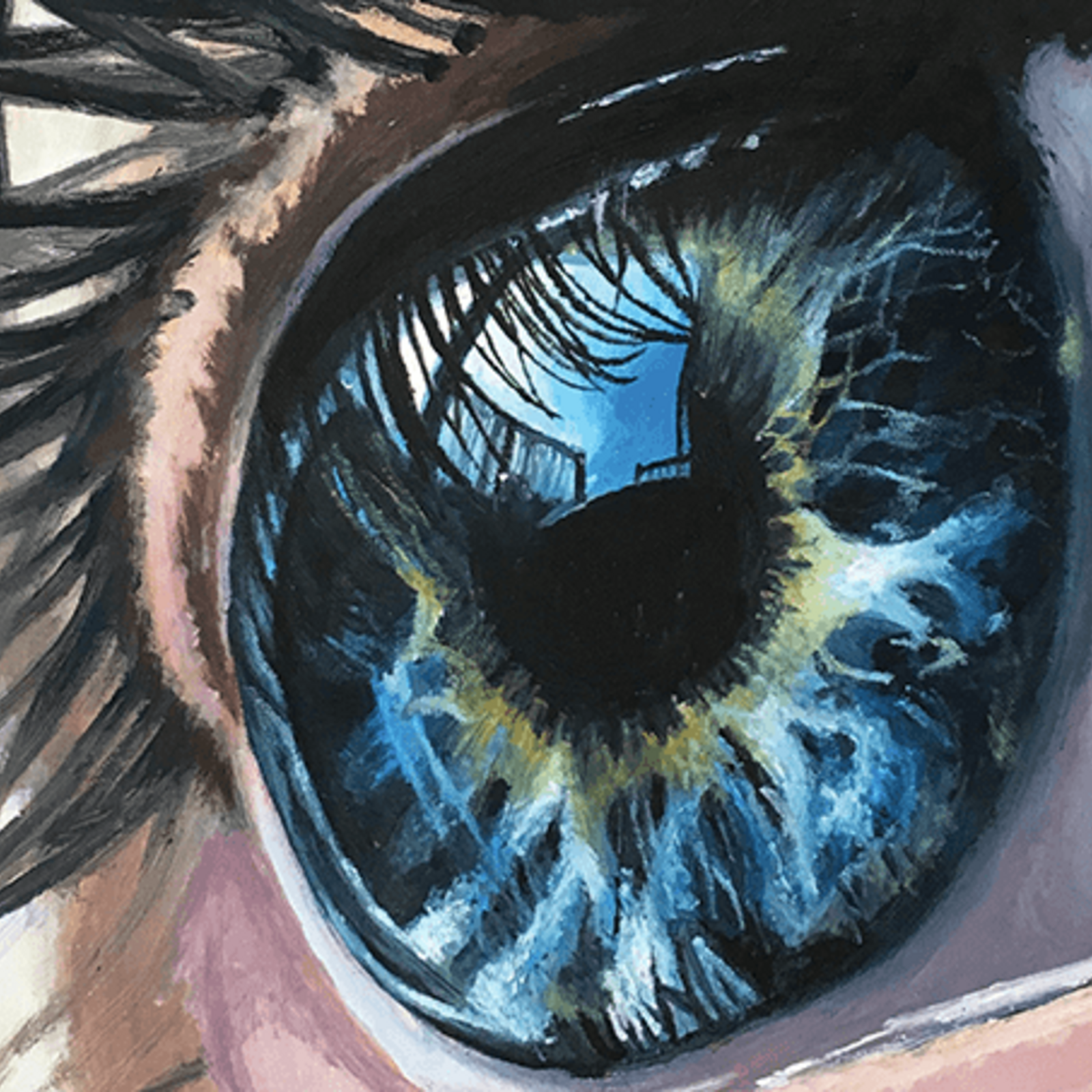
Browse Ophthalmology Through Art

When it comes to ADHD and ASD, the eyes could reveal all - News and events - University of South Australia

David Lewis Facebook, Instagram & Twitter on PeekYou
The ER Diaries Dr. Zachary Levine - PressReader
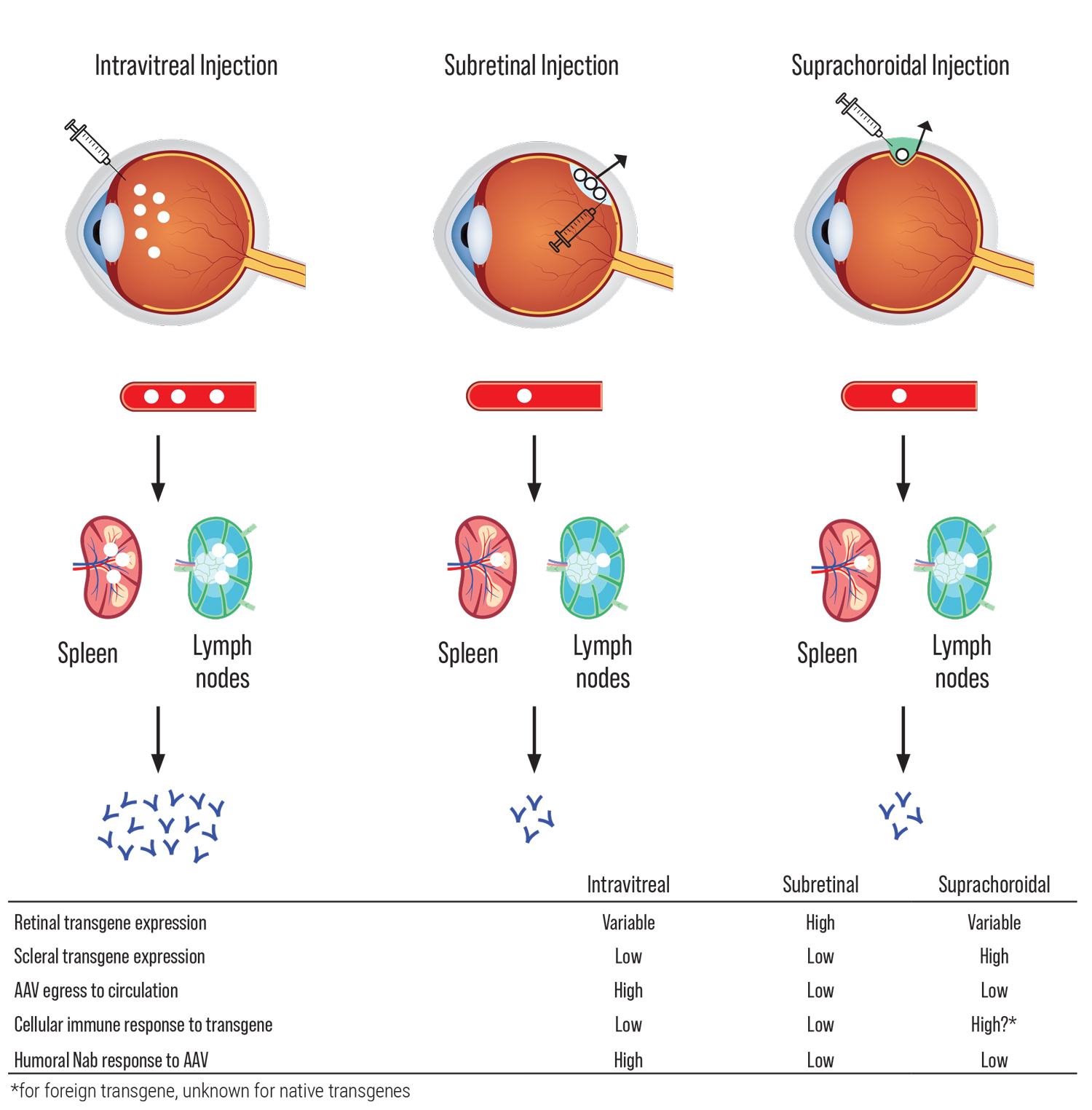
Gene Therapy for Inherited Retinal Disease

Canadian eye surgery could prevent blindness in thousands worldwide
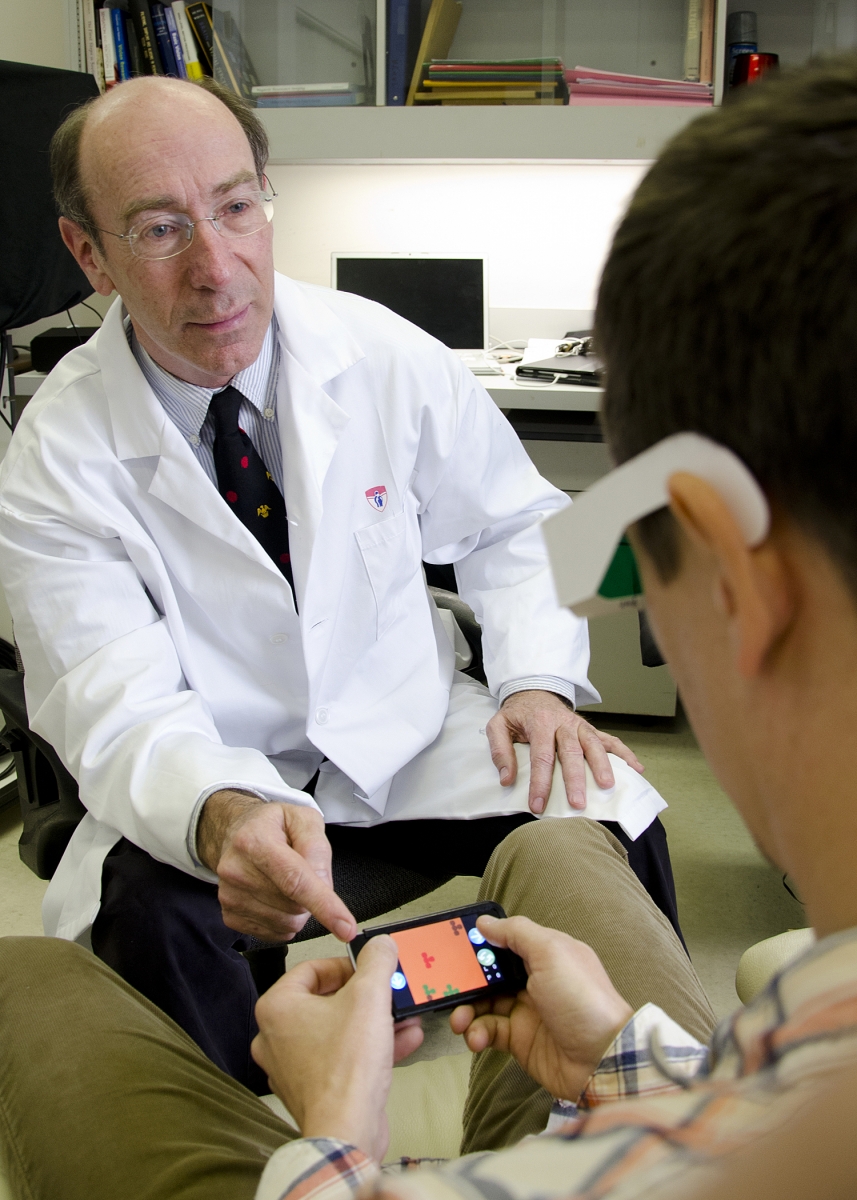
Lazy-eye disorder -- a promising therapeutic approach
Recommended for you
-
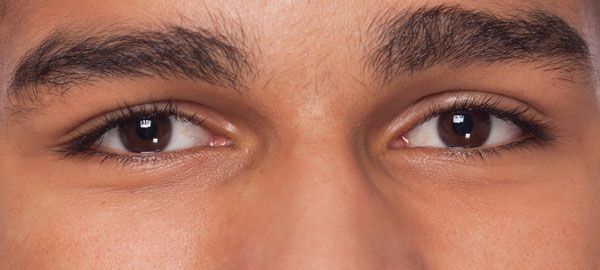 Why Eyes Are So Alluring27 May 2024
Why Eyes Are So Alluring27 May 2024 -
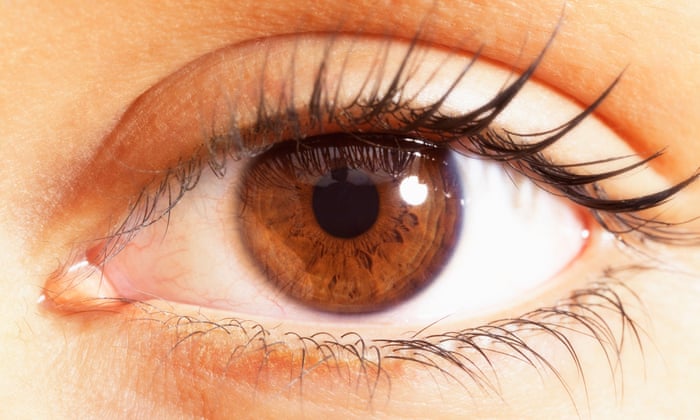 How your eyes betray your thoughts, Neuroscience27 May 2024
How your eyes betray your thoughts, Neuroscience27 May 2024 -
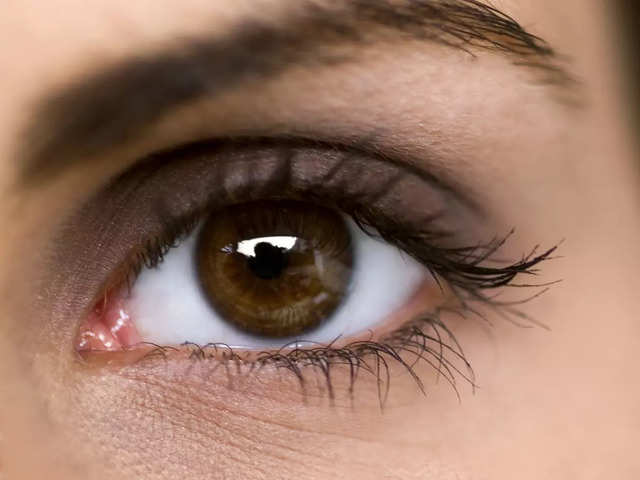 How to deal with itchy eyes - The Economic Times27 May 2024
How to deal with itchy eyes - The Economic Times27 May 2024 -
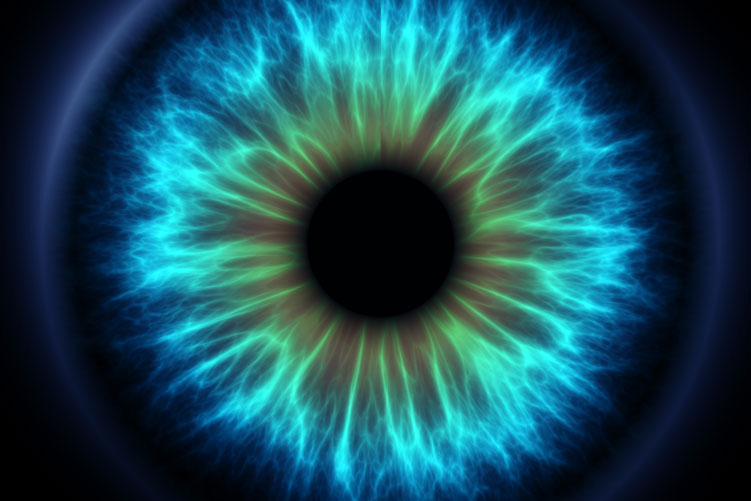 How the Eye Works - West Linn Vision Center27 May 2024
How the Eye Works - West Linn Vision Center27 May 2024 -
 10 causes of eye watering and tearing and how to treat it27 May 2024
10 causes of eye watering and tearing and how to treat it27 May 2024 -
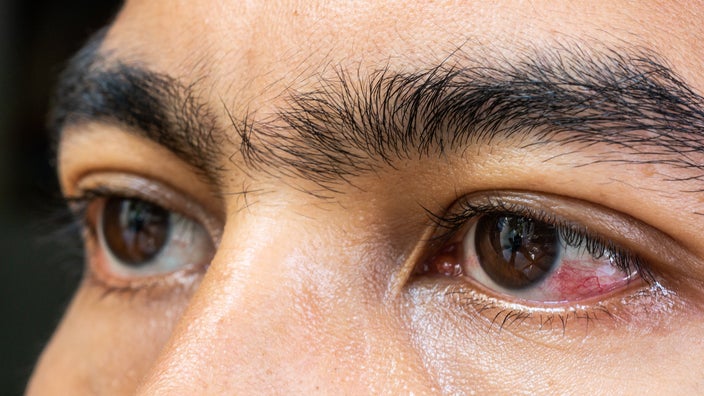 Can Bloodshot Eyes Be Serious? 10 Symptoms to Be Aware of - GoodRx27 May 2024
Can Bloodshot Eyes Be Serious? 10 Symptoms to Be Aware of - GoodRx27 May 2024 -
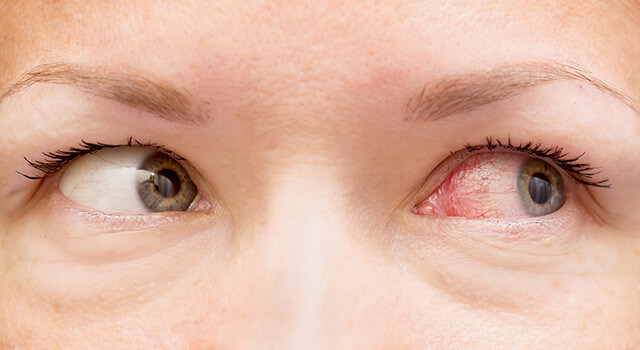 Bloodshot Eyes – Should You Be Concerned?27 May 2024
Bloodshot Eyes – Should You Be Concerned?27 May 2024 -
 5 things to know before you use retinol around your eyes, according to a aesthetic doctor27 May 2024
5 things to know before you use retinol around your eyes, according to a aesthetic doctor27 May 2024 -
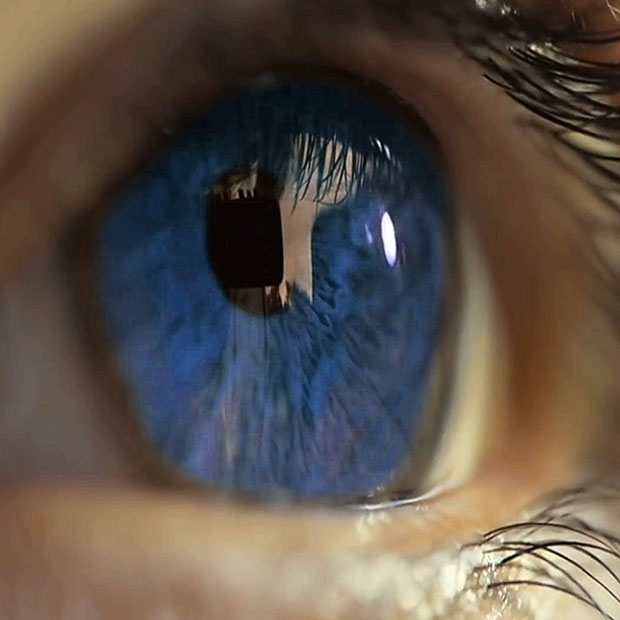 Germs Can Infiltrate the Body Via the Eyes – Omaha NE27 May 2024
Germs Can Infiltrate the Body Via the Eyes – Omaha NE27 May 2024 -
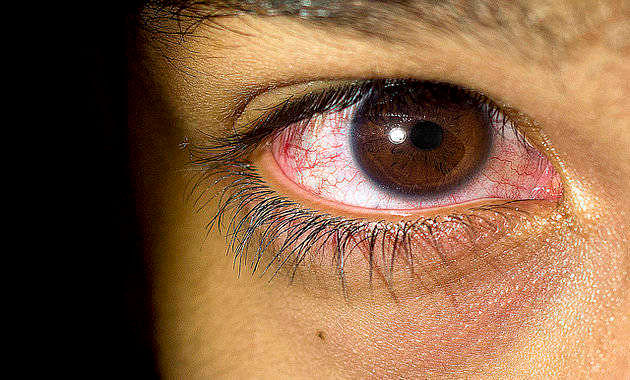 Tired Eyes? Try These 5 Simple Exercises To Relieve Eye Strain - Tata 1mg Capsules27 May 2024
Tired Eyes? Try These 5 Simple Exercises To Relieve Eye Strain - Tata 1mg Capsules27 May 2024
You may also like
-
 1 Sublimation bikini underwear Polyester, Obsessed With The Heat Press ™27 May 2024
1 Sublimation bikini underwear Polyester, Obsessed With The Heat Press ™27 May 2024 -
 Compact Mattress Cleaner Cordless Handheld Cleaner Built-in Battery 10KPa Powerful Suction for Cleaning Bed Pillows Clothes Sofa Carpet27 May 2024
Compact Mattress Cleaner Cordless Handheld Cleaner Built-in Battery 10KPa Powerful Suction for Cleaning Bed Pillows Clothes Sofa Carpet27 May 2024 -
 Sloyd Carving Craft Knife27 May 2024
Sloyd Carving Craft Knife27 May 2024 -
 Fancy Forest Quilt Kit by Elizabeth Hartman - 78462694605727 May 2024
Fancy Forest Quilt Kit by Elizabeth Hartman - 78462694605727 May 2024 -
 Dropship Hand Painted Oil Painting Abstract Portrait Wall Art Hand Painted-Man Knife Oil Paintings On Canvas-Hand Made-For Home Decoration to Sell Online at a Lower Price27 May 2024
Dropship Hand Painted Oil Painting Abstract Portrait Wall Art Hand Painted-Man Knife Oil Paintings On Canvas-Hand Made-For Home Decoration to Sell Online at a Lower Price27 May 2024 -
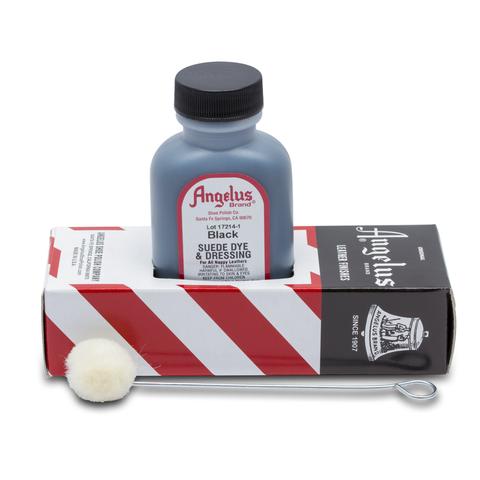 Angelus Suede Dye #520-03, 3 oz27 May 2024
Angelus Suede Dye #520-03, 3 oz27 May 2024 -
 Silver Fairy Charms for Jewelry Making in Pewter with Heart Accents27 May 2024
Silver Fairy Charms for Jewelry Making in Pewter with Heart Accents27 May 2024 -
 The Original Easy Etcher - Includes 10 Stencils - Portable Precision Engraving Pen - DIY Engraving Tool - Electric Engraver Etching Craft Scribe - Jewelry Metal Glass Leather Wood Carving Tools27 May 2024
The Original Easy Etcher - Includes 10 Stencils - Portable Precision Engraving Pen - DIY Engraving Tool - Electric Engraver Etching Craft Scribe - Jewelry Metal Glass Leather Wood Carving Tools27 May 2024 -
 HEATNBOND Ultra Hold Iron-On Adhesive Value Pack - 43cm x 3m (17.5 x 3.25yds) roll - 06015404409127 May 2024
HEATNBOND Ultra Hold Iron-On Adhesive Value Pack - 43cm x 3m (17.5 x 3.25yds) roll - 06015404409127 May 2024 -
 Original Drawing Charcoal Drawing Greek Art Black and White27 May 2024
Original Drawing Charcoal Drawing Greek Art Black and White27 May 2024